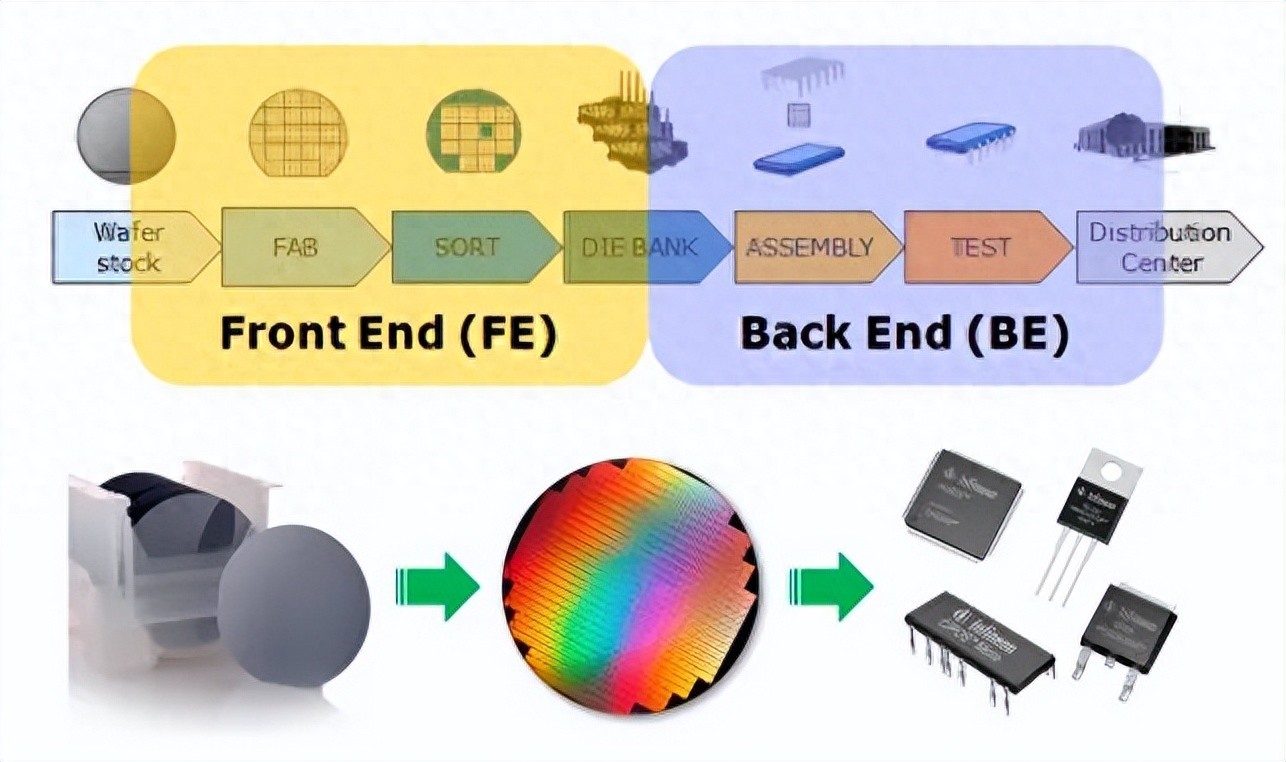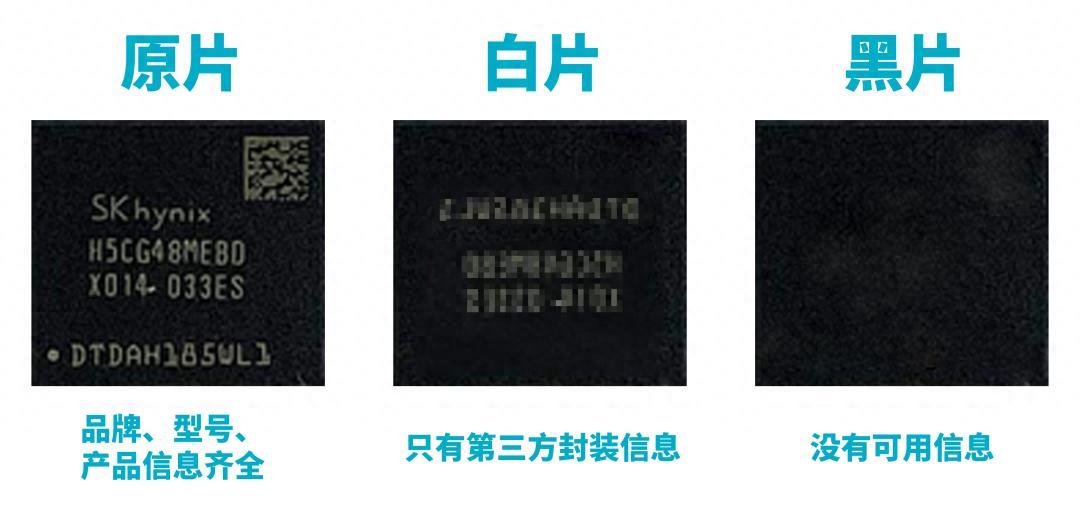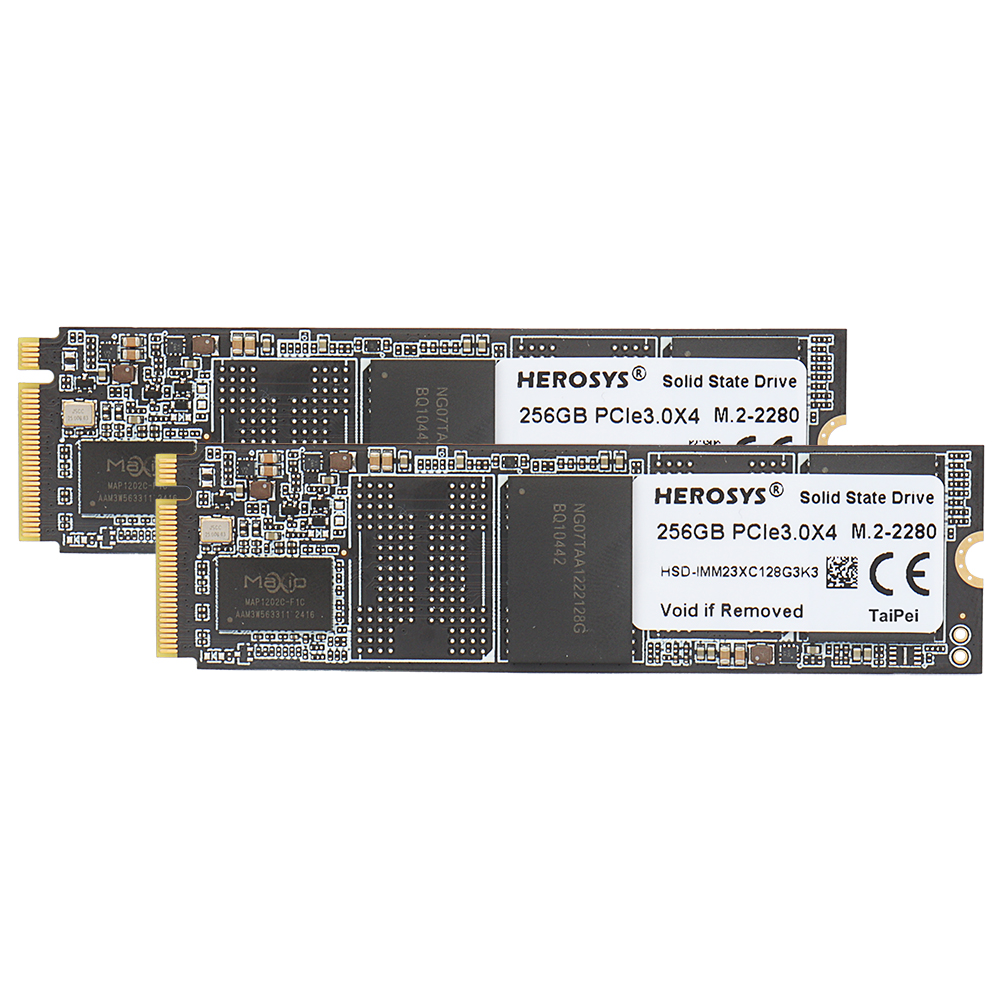SSD purchasing guide: Dig deep into Good Die particles to buy a safe disk
When your friend recommends an “incredibly cheap” SSD, don’t just focus on the price — ask, “What type of NAND flash chips does it use?” Just like checking the origin and variety when buying fruits and vegetables, the NAND flash chips in an SSD truly determine how long it will last, how fast it runs, and how stable its performance is.

NAND flash chips inside an SSD are often categorized into several tiers. The top-tier and highest-quality chips are known as Original Good Die — commonly referred to as “genuine wafers.” These come from leading manufacturers like Samsung, Micron, and Yangtze Memory Technologies. They represent the first-grade quality selected by the chip makers themselves, are packaged in-house, and bear the original manufacturer’s logo silk-printed on the chip.
Next are the White Die, which are Good Die chips not packaged by the original manufacturers but by third parties, offering performance nearly identical to the originals. Lastly, there are Ink Die, commonly called Black Die, which often come from dismantled devices or refurbished drives, with no guarantees on stability or lifespan.

It is easy to see from the comparison that Good Die undergoes rigorous and precise testing to ensure that parameters such as performance, bad block rate, and write endurance meet standards, providing reliable quality and strong guarantees. In contrast, budget drives using Ink Die are more like a one-time deal—often appearing highly cost-effective but actually hiding a ticking time bomb for data security.
Although storage product prices have been dropping steadily in recent years, consumers must stay vigilant when purchasing, as a low price often does not equate to true cost-effectiveness. Moreover, an increasing number of seasoned bloggers, reviews, and user experiences indicate that storage products using Good Die are the ones truly worth buying with peace of mind.

